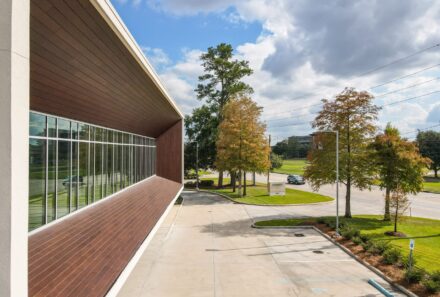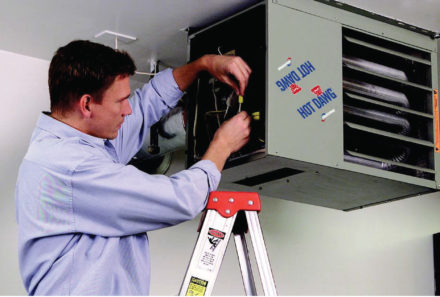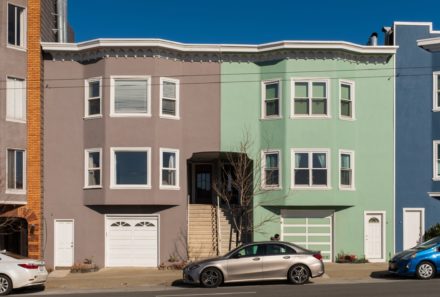
Louver Sizing and Installation
Here are some key things for contractors to consider in louver sizing and installation
Louvers keep the elements out, in form and function
Form and function usually go hand in hand.
In the case of a louver, it is a relatively attractive way to hide the exterior wall opening required for the air intake and exhaust of an HVAC system. Louvers also keep wind and water out of the building, keep mold and bacterial growth to a minimum and protect both the building and the components of your HVAC system.
But louvers must be installed correctly to meet these multiple goals. The balancing act is ensuring enough fresh air flows to the unit while reducing the likelihood of moisture or wind intrusion.
Here’s a look at some key points for contractors to consider in proper sizing and installation of these unsung components of Modine HVAC systems that require regular intake of fresh air. Those units include our school-specific ClassMate, TeamMate, SchoolMate, and Sentinel and Varsity systems.
The cut
The process of determining proper louver sizing should precede the cut into the exterior wall. If the exterior louver does not perfectly align with the back of the HVAC unit, a rear extension can be used to help fit the unit. The hole must be sized to ensure a snug enough fit to prevent water intrusion.
Free area
The free area is defined as the area through which both fresh and discharged air will flow through the louver. It is essentially the space not occupied by louver blades. This will range from 35 to 60 percent of the total louver area. A supplier will typically provide a chart specifying the amount of free area needed to provide fresh air to a specific unit.
The intake vs. exhaust split
The split wall sleeve behind the louver separates fresh air from exhaust air. The splits are set at a slight angle to shed moisture and are based on the desired percentage of intake to exhaust, for instance 55 (intake) percent to 45 (exhaust) percent. The necessary split is determined by the needs of individual units and can be determined using formulas.
Free area velocity
This is the flow rate of air divided by the cross-sectional area it flows through.
Rated water penetration velocity
This is the intake speed at which the unit will begin to draw water through the louver. This is a very important value because it sets the threshold at which a louver can draw damaging water into the building and your HVAC system. This value is usually provided in the catalog that accompanies a louver. Coupled with the split, this can be put into a formula to help determine the necessary height of the louver.
There are a lot of variables to consider when installing louvers, and sometimes even local codes come into play. For instance, in Miami-Dade County, louvers must be hurricane-proof, meaning they are designed in such a way they prevent water intrusion even at hurricane-force winds.
It might seem complicated, but a louver at heart is just a way to prevent water intrusion and protect your building and Modine HVAC system investment.








